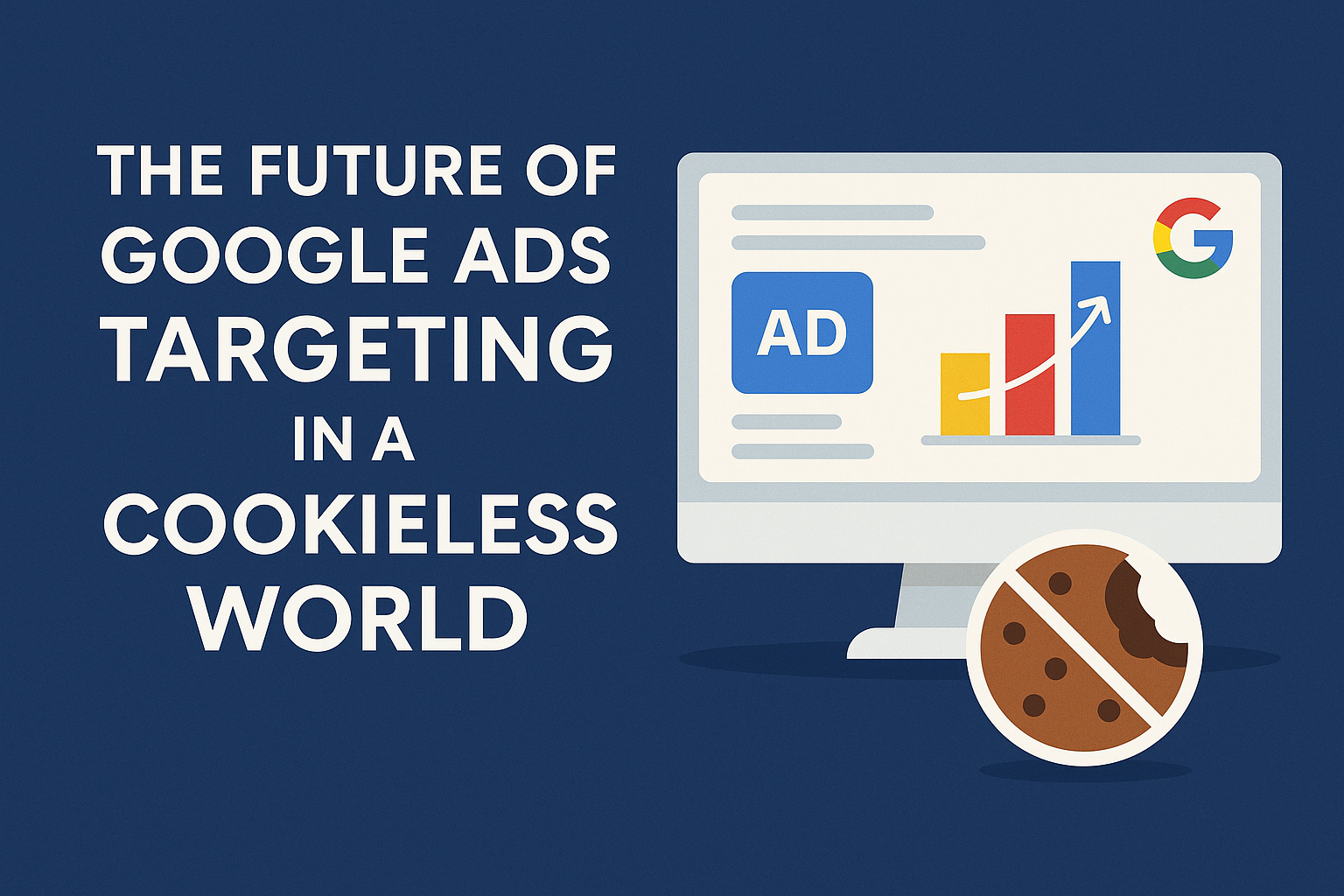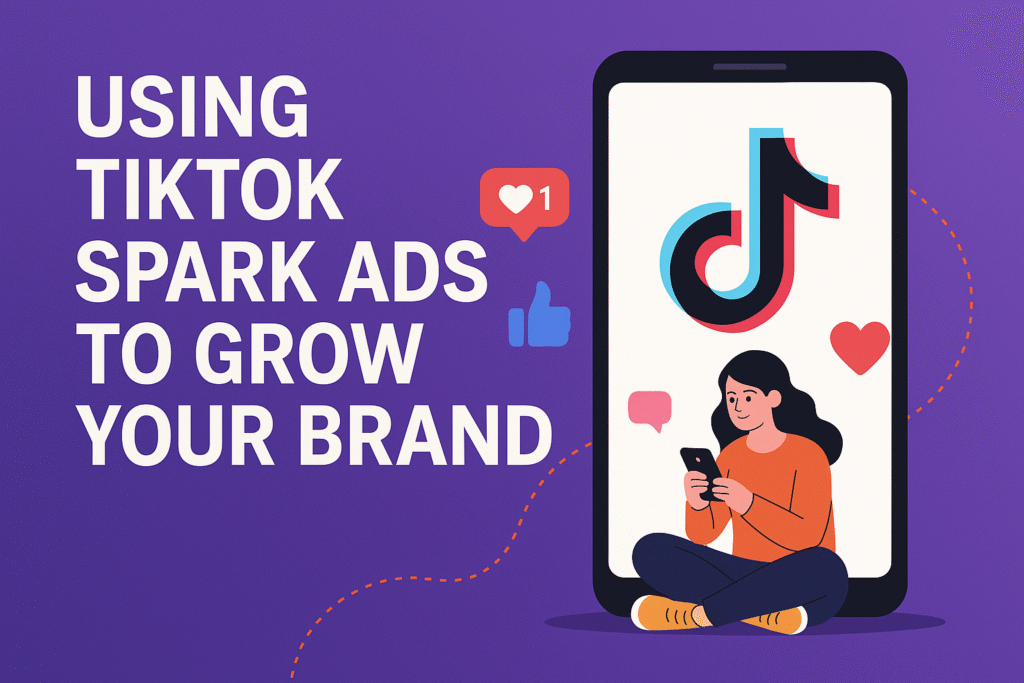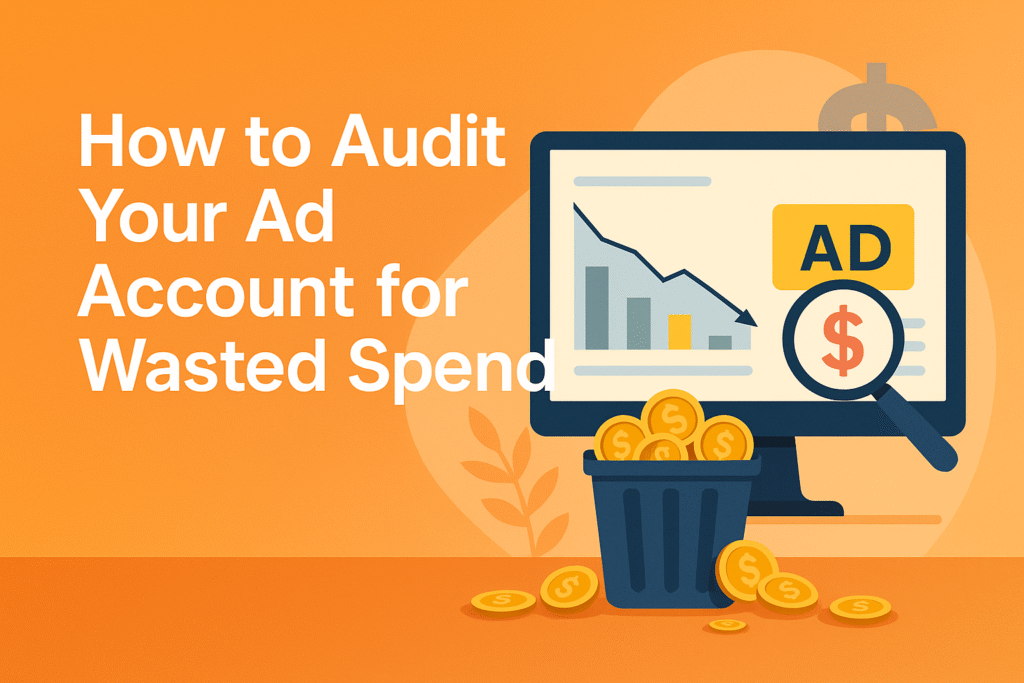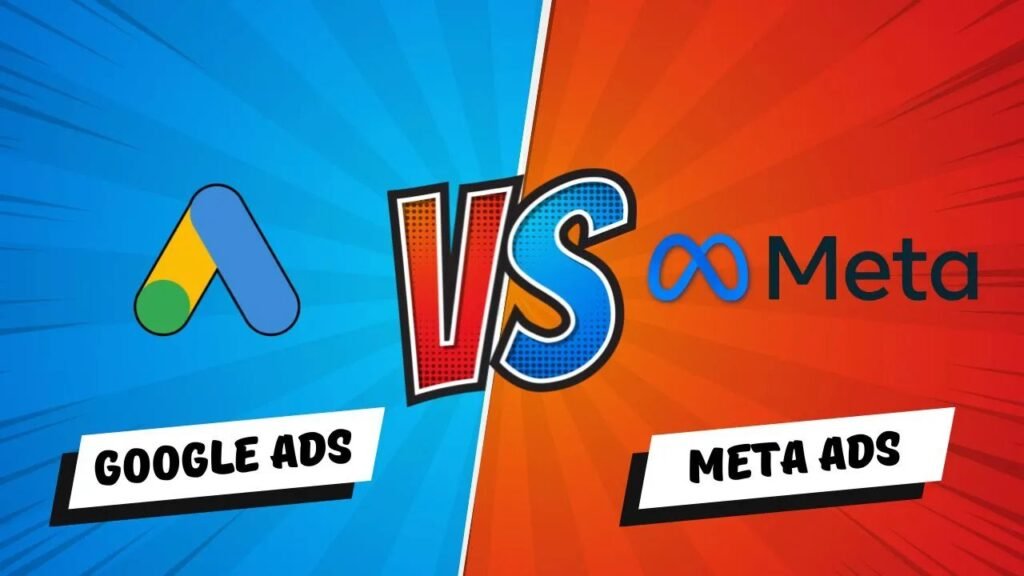
The Future of Google Ads Targeting in a Cookieless World
As the digital marketing landscape evolves, so does the way advertisers connect with consumers. With Google set to phase out third-party cookies in Chrome by 2025, the advertising world is on the brink of a major shift. This move towards a cookieless future is driven by rising privacy concerns and regulatory pressures, forcing brands and advertisers to rethink their targeting strategies especially within platforms like Google Ads. In this article, we’ll explore what this change means, how it affects targeting on Google Ads, and actionable strategies for staying competitive in a cookieless world. Why Are Cookies Going Away? Third-party cookies have long been the backbone of digital advertising. They allowed advertisers to track users across websites and build highly personalized campaigns. But concerns over data privacy, fueled by laws like GDPR and CCPA, have made these tracking mechanisms less acceptable. Google has announced the deprecation of third-party cookies in Chrome (the world’s most-used browser), accelerating the shift toward privacy-first advertising. What Will Replace Cookies in Google Ads? 1. Google’s Privacy Sandbox Google is developing the Privacy Sandbox, a set of APIs designed to enable interest-based advertising without revealing individual user identities. Key elements include: 2. First-Party Data Is King In a cookieless world, first-party data becomes your most valuable asset. This includes: Google Ads will increasingly rely on Customer Match, which allows you to upload first-party data to target or exclude users in Search, Display, and YouTube. How Targeting Will Change in Google Ads More Contextual Targeting Without cookies, context matters more. Advertisers will shift focus from tracking users to aligning ads with relevant content. Google’s AI will take a front seat in serving the right ad at the right time using contextual signals. Increased Reliance on AI & Automation Google Ads will use machine learning to infer user intent and interests from behavior, device, search history, and demographics. Smart Bidding and Performance Max campaigns will gain popularity due to their data modeling capabilities. Broader Audience Strategies As granular targeting becomes harder, expect to use broader targeting tactics like: These help reach users at scale without the need for invasive tracking. Steps to Prepare for a Cookieless Future 1. Build and Nurture First-Party Data Create value-driven lead magnets, loyalty programs, or gated content to collect user data ethically and transparently. 2. Use Enhanced Conversions Enable Enhanced Conversions in Google Ads to better track customer actions while respecting privacy standards. 3. Test Cookieless-Friendly Campaigns Experiment with Performance Max, Discovery Ads, and contextual YouTube campaigns to see what resonates in a less personalized environment. 4. Upgrade to GA4 If you haven’t already, move to Google Analytics 4. It’s designed for cookieless tracking, offers predictive metrics, and integrates seamlessly with Google Ads. 5. Invest in Consent Management Ensure your cookie banners, privacy policies, and consent frameworks are compliant and user-friendly. Opportunities in the Cookieless Era While it may feel like a setback, the cookieless shift offers new opportunities: Facts The future of Google Ads targeting lies in privacy-first practices, smarter AI usage, and creative, ethical data collection. Start future-proofing your strategy today by embracing automation, building robust first-party datasets, and staying updated with Google’s evolving ad tools.




